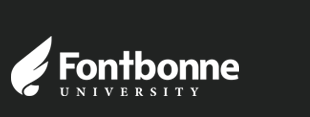Working with High Schools
Background
St. Louis has the largest Bosnian population outside of Bosnia. Nearly all of the members of this community came to St. Louis as refugees of the war and genocide that were perpetrated in Bosnia between 1992 and 1995. Although our Bosnian community is rightly recognized as a vibrant and important part of the metropolitan area, many younger Bosnian-Americans are underachieving. In addition to facing the normal challenges of adolescence, younger Bosnian Americans are separated from their parents’ heritage and culture, and they may not even fully know their parents’ language. This cultural displacement, together with the traumas passed on from their parents’ experience of war and genocide, helps to account for the second generation’s higher incidence of deviant behavior that includes truancy, addiction, and in extreme cases criminality. An increasing number of Bosnian-Americans are failing to complete high school, and even fewer go on to college.
The initiative seeks to raise the level of achievement among St. Louis’s second generation of Bosnian Americans by giving them a greater value for their culture, for themselves, and for education. Specifically, it seeks to give younger Bosnian-Americans and their classmates a richer understanding of Bosnian culture by having them participate in the Center's ongoing historical preservation effort.
Affton High School was the first to begin implementing the Initiative in 2014. Since then, courses have been developed at schools in Mehlville, Oakville, and Bayless.
How does the High School Initiative work?
The purposes of the project include:

